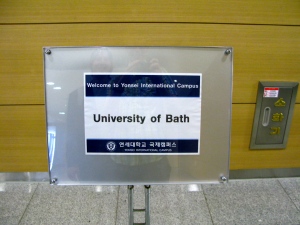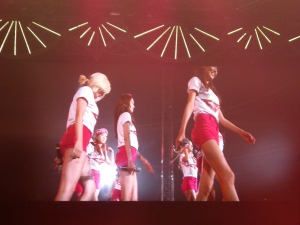The Grätzel cell is dead, long live the Grätzel cell
September 12, 2013
(1991 - Nature) "A low-cost, high-efficiency solar cell based on dye-sensitized colloidal TiO2 films"
.... 20 years later. A 2011 review: "Although much more is now known about the physical and chemical processes taking place during operation of the DSC [dye-sensitised solar cell], the exponential increase in research effort during this period has not been matched by large increases in efficiency."
(2012 - Science) "Efficient Hybrid Solar Cells Based on Meso-Superstructured Organometal Halide Perovskites"
(2012 - Nature) "All-solid-state dye-sensitized solar cells with high efficiency"
(2013 - Nature) "Sequential deposition as a route to high-performance perovskite-sensitized solar cells"
(2013 - Nature) "Efficient planar heterojunction perovskite solar cells by vapour deposition"
There has been a rapid year of progress in the area of dye-sensitised solar cells. Many review papers have been appearing that are out of date before page numbers are assigned. The magic word is perovskite (referring to the crystal structure), whether it be inorganic (CsSnI3) or hybrid organic-inorganic (CH3NH3PbI3). These materials absorb a lot of sunlight and can produce voltages approaching the band gaps of the material. Very impressive!
One of the most interesting developments has been the transition from a mesoporous scaffold of TiO2 to a scaffold of Al2O3 to no scaffold at all. It is clear that the technology is converging away from the original dye-cell architecture towards traditional thin-film solar cells. Many key issues remain, including:
- Pb-free absorber materials.
- Replace Spiro-OMeTAD as the p-type layer (for the sake of atomistic modelling at least).
- Make efficient cells with active areas >> 0.2 cm2*.
- Explain how they work: Electric fields? (Yes), Free carriers? (Yes), Excitons? (No), Ion diffusion? (Yes)
We have been modelling these systems since 2012 thanks to the EU DESTINY network. Our contributions [updated]:
- 2013: Dielectric properties
- 2014: Relativistic band structure; Molecular ferroelectricity; Dipole domains
- 2015: Band alignments; Polyanions; Defect chemistry; Chemical bonding; Neutron scattering; Ion transport; Microstructure; Phonons
There are no easy answers; standard perovskites are notoriously difficult to model, hybrid perovskites are a nightmare. It is always nice to be challenged! To keep track of the field, I have started a hybrid perovskite paper collection.
*There is something uncomfortable about efficiencies reported with an active area as small as 0.075 cm2. Plenty of room for noise & artifacts, and not in the spirit of a practical solar cell.


